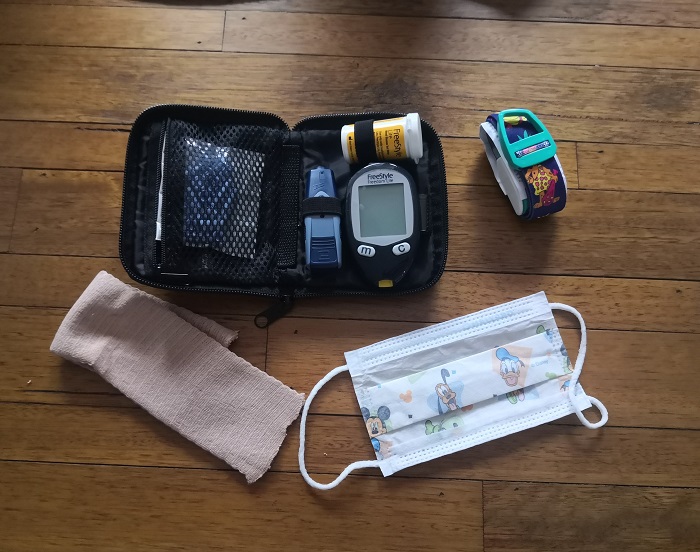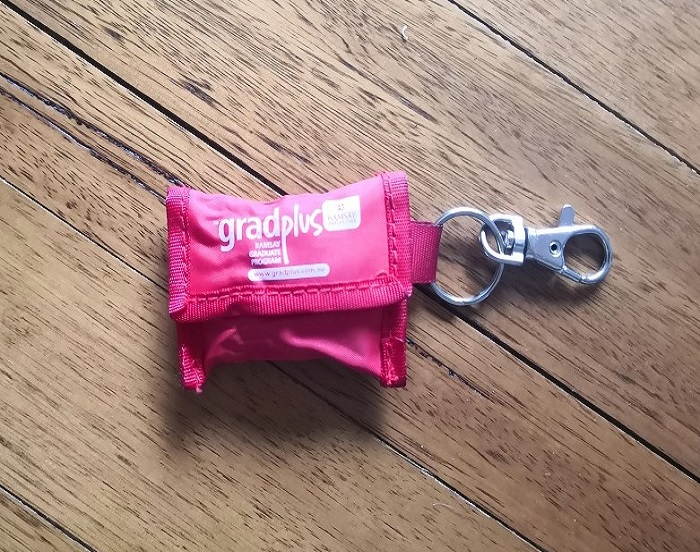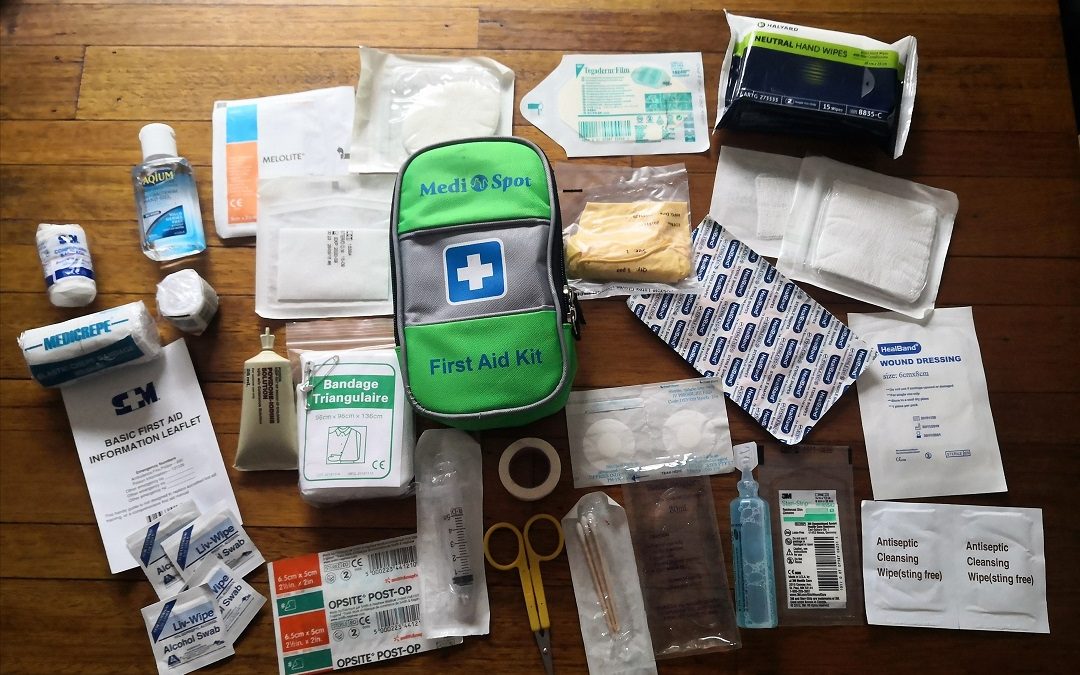YOUR GUIDE TO THE ULTIMATE FIRST AID KIT
When deciding what to pack in your first aid kit, we always spend time on the essentials of clothes, shoes, toiletries, camera, phone, money, passport, and visas, but we don’t often think about ‘what if something goes wrong and you get hurt.
I am sure we have all had a time where we have fallen over and cut or scraped our knee, twisted an ankle, or had a bump to the head. I know I have; I broke my arm in Canada while snowboarding and a time I was severely sunburnt in Egypt, and I didn’t have a first aid kit; this was my lesson to be learned now I always travel with a first aid supply, even at home I have one in the car.
So, do you travel with a first aid kit? And do you know basic first aid and CPR?
When packing a first aid kit; I like to consider:
- Where are you traveling? Cities, remote areas, trekking in the jungle or outback, or a simple road trip.
- What will you be doing on your trip? Adventure, hiking, city break, beach & relaxation.
- How long are you going? This will help decide the amount you will want to pack.
Each trip will be different in what you need to pack in your first aid kit, from a basic to a comprehensive kit. The list below is extensive and can be adjusted to the destination you are visiting; It is essential to travel at least with a basic first aid supply.
I recommend doing a CPR and first aid course before your travels it is highly beneficial; it is equally important to know how to use what is in your first aid kit and how to use it correctly; if you do not know how to use it, there may be no point to pack it.
First aid is not only for traveling but for everyday living. To save a life or help someone with a possible catastrophic injury or hurt is gratifying.
My reason for this post is to voice how critically important it is to:
- Know basic first aid and CPR
- Always carry a first aid kit with you (Basic or comprehensive)
- Have your travel vaccines to help prevent typhoid, tuberculosis (TB), yellow fever, rabies, diphtheria & tetanus (ADT).
- Have travel insurance & Stay safe
If you are worried that packing a first aid kit will take up too much space in your bag, don’t be, you can get compact travel first aid kit bags to fit all the Basic supplies in one small case and for the needed extras can take two travel first aid bags as they are that compact and won’t take up too much space.



***This post contains affiliate links. If you make a purchase through clicking the link, we may earn a small commission at no additional cost to you.***
Essential First Aid items
First aid booklet – you’re how-to guide on how to apply first aid
Adhesive dressings like band aids and different sizes of plasters, used for minor injuries like cuts or scrapes or handy for blisters. I would pack at least 10.
Gauze– A must-have in any first aid kit, can be used to clean and to apply pressure to any wound and can be used as a basic dressing to keep wound clean and adhered with tape. Sterile gauze square is in individual packaging. Quick and easy to use.
Crape bandages to support sprained/ twisted limbs or to apply to wounds, reduce swelling, or hold dressings in place. I Suggest having one or two in different sizes of crepe bandages
Surgical tape/Microfiber tape essential to secure gauze or a bandage. Can also be used to protect wounds if needed.
Scissors be sure to pack them in your checked luggage, not carry on
Tweezers/forceps to remove objects like splinters, stones, ticks, thorns, dirt, etc.
Cotton-tips/ cotton balls- help clean wounds/ deep cuts.
Gloves Latex-free is best. I suggest two pairs
Cold pack(disposable and instant); assist with swelling and Heat pack for the pain
Eye wash/Eye pad to remove any foreign objects to the eye and protection.
Antiseptic wash/wipes – such as alcohol wipes/chlorhexidine/Iodine wipes/cetrimide to kill bacteria and cleanse wounds.
Saline / clean water to clean wounds.
Steri-strips / Butterfly fly closures – help with wound closure.
Sterile syringes/ needles- can be used for wound irrigation or other.
Safety pins – can be used on sling or fix clothing.
Sling or can just use a bandage to avoid packing a sling.
Pen and paper, write down signs or symptoms to provide to emergency services
Thermal blanket if a person goes into shock this will help
CPR breathing mask provides one-way flow prevents the backwash of vomit, blood or liquid from the lungs or other fluid you can get these on a key ring as well
Plastic bag x2- to discard rubbish
Additional items
Pressure immobilization bandage- used in snake bites, in conjunction with a crepe/elasticized bandage
Thermometer to check for fever can help indicate possible infections
Hand sanitizer- keep hands clean
Burn Gel/ sunburn gel- relieve burns and keep bandages from sticking to burn.
Antibiotic cream – to prevent infections
Torch with extra batteries to help see if night injuries occur
Water purifying tablets & Purewell water filter if you are somewhere remote or dislike the taste of the water, these will make it into drinkable water.
Lighter or matches- if needed to start a fire.
Regular prescription medication – Carry extra in case of delays or cancellations, tablets, inhalers, etc. EpiPen (epinephrine) if you have
Cold and flu tablets to treat cold & flu symptoms- cough medicine, throat lozenges
Motion sickness tablets to help with sea or road sickness, Ginger is also good for motion sickness
Analgesic pain relief medication such as paracetamol/Tylenol, aspirin or Ibrufen
(anti-inflammatory) to treat headaches, pain from an injury, and reduce fever.
Anti-diarrheal medicines – decrease the frequency of diarrhea or vomiting such as Loperamide (Imodium) or Pepto-Bismol, a reminder: this only treats the symptoms of diarrhea, not the cause of the issue, it is only short-acting. Be sure to replenish your electrolytes.
Insect repellent to reduce the chance of being bitten by insects like mozzies (mosquito)
Antifungal &/or hydrocortisone cream – help with fungal skin infections.
Oral rehydration/ Electrolyte tablets/powder such as hydrolyte to replace the electrolytes lost (from excessive sweat, diarrhea, and vomiting.)
Laxatives/aperients to help treat or prevent for Constipation. Brands: Dulcolax, Coloxyl & Senna, Movicol
Antacids Medication– to help heartburn, indigestion, stomach upset, brands like Pepto-Bismol, Gaviscon, Mylanta, Nexium
Antihistamine medications/Creams/ Antipruritic – Great for allergic reactions or to treat sunburn, eczema, rashes, poison ivy, chickenpox, insect bites, and stings, such as calamine lotion, Benadryl, loratadine, etc.
Optional: Tourniquet – applies pressure to a limb or extremity to limit the loss of blood, only to be used in a severe emergency where you are unable to control the bleeding with direct pressure.
Depending on where you are traveling, the activities you will do may be a good idea to have an EpiPen handy in Australia it is said “Where everything can kill you” from our venomous snakes and deadly spiders I would advise having an EpiPen on your trip Down Under.
Many people have smartwatches; if you are concerned about a person and need to check their pulse/heart rate and are unsure how to do it, you can use your watch on their wrist.
A diabetic person may show signs of hypoglycemia (low blood sugar); this can be caused by excessive exercise if they have a glucometer to check their sugar levels; they may need their insulin or some sugar to raise their sugar levels. Importantly seek help if needed.
Familiarise yourself with the emergency number of the country you are visiting, such as 911, 000, or 112 is an international standard emergency number you can dial on a mobile phone.
TIP: Medications need to be in the original packaging due to customs restrictions/rules.
If you are unsure how to prepare a travel first aid kit, you can find them from a pharmacy or retail store and online. Depending on the type of trip there are different types of first aid kits to suit; basic to comprehensive.
Very important to be sure to have travel insurance.
The information provided is only general advice from an Enrolled nurse. Please consult with your GP for more information and advice.


This is a great article. Especially helpful for scout leaders and parents when considering different outings. Great job with this!
Thank you very much Mark, I appreciate your kindness. Glad you found it helpful.
This is perfect for someone not knowing where to start with supplies. Thanks for the great article!
Thank you Robin. I am happy you found it helpful.
I often forget to keep a first aid kit whenever I pack my suitcase.
It is important to keep first aid for your safety. Next, time I’ll not forget this.
Thanks, Mayuri, It for sure is a thing many of us forget to pack and yet one of the most important.
This is a great comprehensive list! I have a lot of these items but learned about a few more that I need to adopt. Cool!
Thank you Linda. Appreciate your kind words. Love hearing you have a kit too, so important and glad my list can add a few extras. Thank you.
This is a great article. I’m so happy you focused on this topic. I definitely used it to beef up our existing 3-item first aid kit 😉
Lol, love it, thanks Paula glad it helped. So important to have.
This is such a helpful guide. It’s a great guide to use especially when travelling with kids. You can never be too prepared. I like that it includes more items than those of a standard first aid kit
Thank you Tshire, I appreciate your comment. Such an important part of packing for any trip.
Super helpful list! Thank you!
Thanks, Jessica, Glad you found it helpful.
What an awesome article! Very useful tips. Based on your list, I will add some additional items to my current travel first aid kit.
Thanks, Monika, Glad there are some extra items that could help you.
A useful and comprehensive list thank you – I’m adding some items you have suggested. I’ve always found it useful to travel with a course of broad spectrum anti-biotics too a..s they have come in handy for myself or for helping others while in remote places.
Thanks Janice. Antibiotics is also a good idea for them unwanted illnesses.